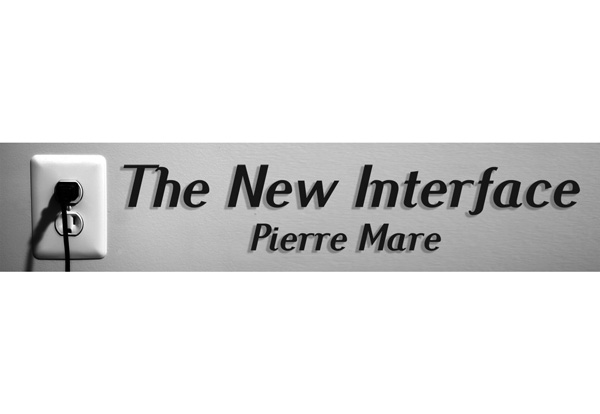
Hashtag democracy

As background to this piece, please note that Twitter has about 1,49% social media share in Namibia, to Facebook’s 93,23% social media share, according to statistics that I have been able to find (late 2015), so I will use the term hashtag as a shared concept for viral spread of social media activism, as seen in current pop culture and media.
If anything has characterised the last twelve months, it is the use of the hashtag (#) in Southern Africa as a symbol of social activism in social media, on a regional and country level (#zumamustfall, #feesmustfall). In Namibia it has materialised in the AR campaign and the current campaign for no fees at tertiary institutions.
Judging by various responses, this behaviour has an impact on perceptions and / or it leads to direct action, which reinforces and proliferates its uses. In both South Africa and Namibia hashtag initiatives have shown immediate results in social media campaigns in all but the case of the Zuma hashtag. The Zuma hashtag campaign has still to run its course.
The hashtag campaign however does not need to be identified by a hashtag. The recent Lewis scandal, in which a gardener was presented with a bill of roughly triple the value of an expensive washing machine is a case in point. The rapid and immediate social media backlash on the Lewis bill had all the hallmarks of a hashtag campaign, but for call to action.
The Lewis incident also points to the need for corporate strategy to manage hashtag democracy, if not reasonable billing, so it is not just a political and economic phenomenon.
The first thing that needs to be stated is that hashtag democracy exists where there are deficiencies in systems. These can be based in truth (we cannot afford housing) or in perception (we do not like Zuma). These mechanisms, at least emotionally, are an immediate substitute for the ballot and laws.
In the latter regard, Lewis fell back to the position that their bill adhered to all legislation. However there is now a widespread awareness that a Lewis bill can be far more expensive than the prices displayed on their showroom floor. This is almost certain to mean a rapid decline in their turnover, or at very least resistance to sales, regardless of the laws.
All the incidents point to a need for a clear and proactive position at the outset that not only establishes the facts but also takes into account the range of emotions that may be experienced. In other words, the reputational and emotional risks that the entity may be faced with. Scenario planning is useful.
The positions that address the risk need to be developed and positions stated before strife emerges. In other words lay the ground out with communication, hold those positions with regular communication, and be prepared to repeat the positions clearly if and when dissatisfaction goes viral.
Take note that any social aggression will be driven by a few highly active and committed individuals. Their communication will gather momentum amongst their own followers who will begin to communicate to more passive users. What this means is that communication has to consider the aggressive communicators and the passive recipients of the aggressive communication.
The first strategy must be to defuse the causes of aggressive communication, which should theoretically have been designed and executed proactively. Once the aggressive communication has been convincingly defused, communication to the more passive elements becomes possible.
One of the most critical elements is not to react rapidly. A knee-jerk reaction such as Lewis’ fallback position on legislation, or the local admission that fees only fall in 2016 will probably be ineffective, not reflect the correct solution, aggravate matters and make future attempts at dispute resolution far less effective.
At the end of the day mitigation of widespread social risks boils down to just the three tactics: identify the problem areas before they happen, state positions and be ready.










































